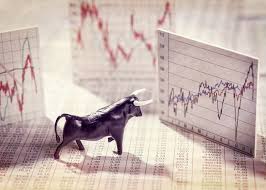
NewRookies
No personal profile
502Follow
0Followers
0Topic
0Badge
Great[Strong]
Sorry, the original content has been removed
Positive
U.S. stock main indexes rose more than 1%
It’s another opportunity
Sorry, the original content has been removed
Interesting knowledge
Enough About Interest Rates!
Great
S&P 500, Nasdaq post record closing highs after Fed minutes
steady
Sorry, the original content has been removed
Okay, great
Sorry, the original content has been removed
Just a correction please
Suze Orman worries about a market crash — here's what you should do
Keep steadily
Steadily
Great!
S&P 500 winning streak extends to sixth straight record close
Great
S&P 500 notches fifth straight record closing high, fifth straight quarterly gain
Go to Tiger App to see more news